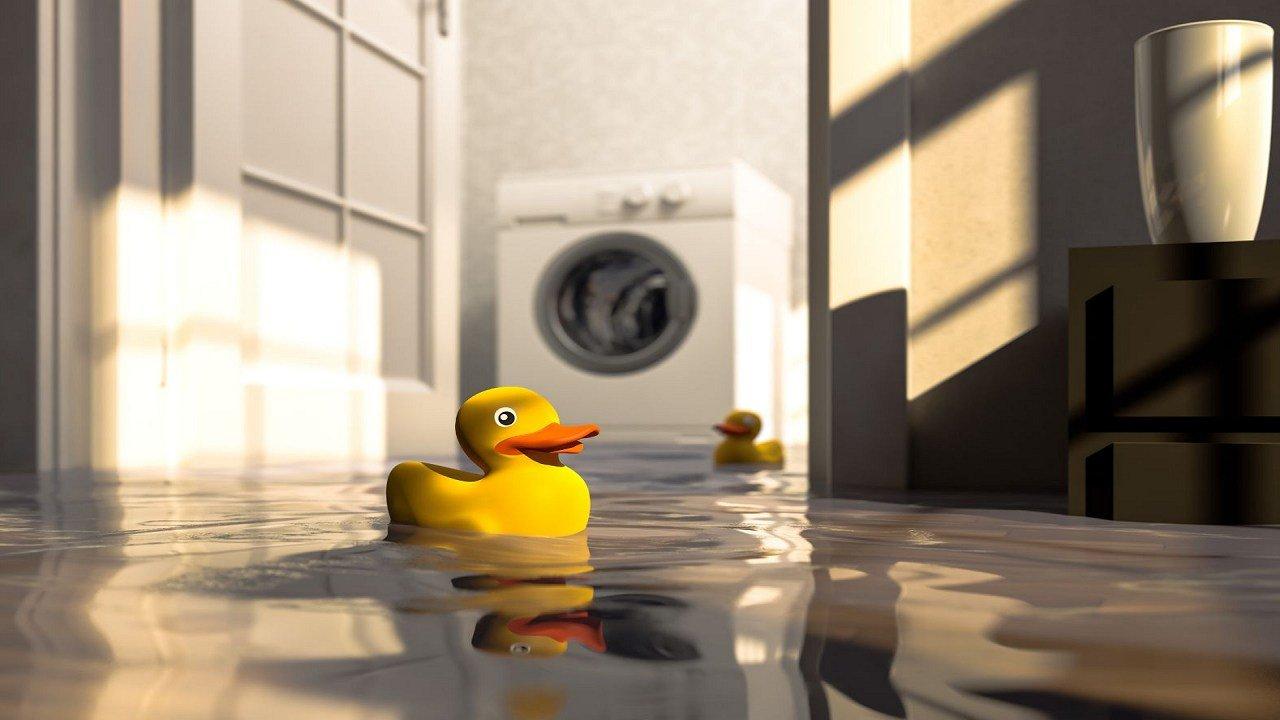Tipos de aparatos
- Aire acondicionado
- Automobile
- Chainsaw
- Circular Saw
- Lavaplatos
- Drills
- Secadora
- Drywall Screw Gun
- Horno
- Gas Fireplace
- Gas Grill
- Gas Patio Heater
- Grinder
- Heat Pump
- Impact Driver
- Impact Wrench
- Microonda
- Nailer
- Orbital Sander
- Calentadores de piscina
- Powerwall
- Distancia
- Refrigerador
- Television
- Lavadora
- Calentador de agua
Marcas de electrodomésticos
- A.O. Smith
- AccuCold
- Admiral Craft
- AGA
- Airrex
- Amana
- Ambiance
- American Range
- American Standard
- American Water Heaters
- Aquacal
- Armstrong
- Asko
- Avanti
- Avenlur
- Azure
- Beko
- Bellfires
- Bertazzoni
- Blackstone
- Blaze
- Blomberg
- BlueStar
- Bosch
- Bradford White
- Bromic
- Bryant
- Cafe
- Calcana
- Capital
- Carrier
- Char-Broil
- Char-Griller
- Chrysler
- Coates
- Coleman
- Comfortmaker
- Commercial Chef
- Continental
- Cosmo
- Cove
- Crown Verity
- Dacor
- Daikin
- Danby
- Danfoss
- DaVinci
- DCS
- Deco
- DeWALT
- Ducane
- Dyna-Glo
- Dyson
- EcoSmart
- Electrolux
- Element4
- Empava
- Equator
- Eurodib
- European Home
- Everdure
- Farberware
- Fhiaba
- FibroPool
- Fire Sense
- Fisher
- FiveStar
- Flare
- Flash Furniture
- Focus
- Ford
- Forno
- Forte
- Frigidaire
- Fulgor Milano
- Gaggenau
- GE
- General Motors
- GlowBrand
- Goodman
- Grundig
- GSW
- Haier
- Hayward
- Heatstar
- Heil
- Hestan
- Hisense
- Hitachi
- Hotpoint
- iio
- Ilve
- Impecca
- Ingignia
- Insignia
- JennAir
- John Wood
- Keeprite
- Kenmore
- Kenyon
- KitchenAid
- Kucht
- La Cornue
- Lennox
- LG
- Liebherr
- Lifetime
- Lion
- Luxaire
- Lynx
- Magic Chef
- Marvel
- Maytag
- McQuay
- MicroFridge
- Midea
- Miele
- Migali
- Monogram
- Montigo
- Mr Heater
- Napoleon
- Navien
- Nexgrill
- Noritz
- Panasonic
- Patio Comforts
- Payne
- Pentair
- Perlick
- PITT
- Premier
- Raypak
- Real Fyre
- Regency
- Reliance
- Rheem
- Rinnai
- Roma
- Ruud
- Saber
- Samsung
- Schwank
- Sharp
- Smeg
- Solas
- Sony
- Spartherm
- Speed Queen
- StaRite
- State Water Heaters
- Stiebel Eltron
- SubZero
- Summerset
- Summit
- SunGlo
- SunPak
- Sunpentown
- SunStar
- Superiore
- Takagi
- TCL
- TEC
- Tempstar
- Tesla
- Thermador
- Thor Kitchen
- Toshiba
- Town and Country
- Toyota
- Traeger
- Trane
- Twin Eagles
- U-Line
- Unique
- Vaillant Group
- Valor
- Verona
- Victory
- Viessmann
- Viking
- Vizio
- Weber
- Westinghouse
- Whirlpool
- Whynter
- York
- ZLINE
Categorías de artículos
- Aire Acondicionado
- Cuidado de los electrodomesticos
- Appliance News
- Dishwasher News
- Maquinas de secado
- Hornos
- Gas Fireplaces
- Microondas
- Calentadores de piscina
- Frigorificos
- Estufas - Cocinas
- Trucos y consejos
- Lavadoras
- Water Heaters
Más artículos
How do I fix a leaky washing machine?

Fixing a leaky washing machine can vary depending on the source of the leak and the specific model of the washing machine.
Here are some general steps you can follow to identify and fix a leaky washing machine:
Safety First: Before attempting any repairs, ensure that the washing machine is unplugged from the power source to avoid any electrical hazards.
Inspect the Hoses: Check the water supply hoses at the back of the machine.
Look for any cracks, kinks, or loose connections.
Tighten any loose connections and replace damaged hoses if necessary.
Check the Drain Hose: Examine the drain hose at the back of the washing machine.
Ensure that it is properly connected and not clogged.
Clean out any debris or obstructions that might be causing the leak.
Inspect the Door Gasket (Front-Load Washers): If you have a front-load washing machine, the door gasket (also known as the door seal) could be the source of the leak.
Check for any tears, cracks, or debris trapped in the gasket.
Clean the gasket and make sure it is properly seated.
If it is damaged, you may need to replace it.
Check the Water Pump: The water pump is responsible for draining water from the machine.
Inspect the pump for any signs of leaks or damage.
If you notice any issues, the water pump might need to be replaced.
Examine the Tub Seal (Top-Load Washers): For top-load washers, the tub seal could be the culprit.
Check for any signs of wear or damage.
If the tub seal is compromised, it will need to be replaced.
Inspect the Tub (Front-Load Washers): In front-load washers, the inner tub is supported by a spider arm assembly.
If the spider arm assembly is cracked or damaged, it can cause leaks.
Inspect the tub and the spider arm assembly and replace any damaged parts.
Check the Water Inlet Valve: The water inlet valve is responsible for controlling the water flow into the washing machine.
Inspect the valve for leaks and replace it if necessary.
Clean the Detergent Dispenser: Sometimes, detergent or fabric softener residue can block the detergent dispenser and cause water to leak.
Clean the dispenser thoroughly to ensure proper water flow.
Level the Machine: If the washing machine is not level, it can cause water to leak.
Use a level to check if the machine is sitting evenly on the floor.
Adjust the machine's feet if needed to ensure it is level.
If you are uncomfortable with any of these troubleshooting steps or if the problem persists after attempting the fixes, it's best to consult a professional appliance repair technician.
They can diagnose the issue accurately and safely perform any necessary repairs to stop the leak.
Remember to always follow safety precautions and refer to your washing machine's manual for specific troubleshooting tips and repair procedures.

Fixing a leaky washing machine can vary depending on the source of the leak and the specific model of the washing machine.
Here are some general steps you can follow to identify and fix a leaky washing machine:
Safety First: Before attempting any repairs, ensure that the washing machine is unplugged from the power source to avoid any electrical hazards.
Inspect the Hoses: Check the water supply hoses at the back of the machine.
Look for any cracks, kinks, or loose connections.
Tighten any loose connections and replace damaged hoses if necessary.
Check the Drain Hose: Examine the drain hose at the back of the washing machine.
Ensure that it is properly connected and not clogged.
Clean out any debris or obstructions that might be causing the leak.
Inspect the Door Gasket (Front-Load Washers): If you have a front-load washing machine, the door gasket (also known as the door seal) could be the source of the leak.
Check for any tears, cracks, or debris trapped in the gasket.
Clean the gasket and make sure it is properly seated.
If it is damaged, you may need to replace it.
Check the Water Pump: The water pump is responsible for draining water from the machine.
Inspect the pump for any signs of leaks or damage.
If you notice any issues, the water pump might need to be replaced.
Examine the Tub Seal (Top-Load Washers): For top-load washers, the tub seal could be the culprit.
Check for any signs of wear or damage.
If the tub seal is compromised, it will need to be replaced.
Inspect the Tub (Front-Load Washers): In front-load washers, the inner tub is supported by a spider arm assembly.
If the spider arm assembly is cracked or damaged, it can cause leaks.
Inspect the tub and the spider arm assembly and replace any damaged parts.
Check the Water Inlet Valve: The water inlet valve is responsible for controlling the water flow into the washing machine.
Inspect the valve for leaks and replace it if necessary.
Clean the Detergent Dispenser: Sometimes, detergent or fabric softener residue can block the detergent dispenser and cause water to leak.
Clean the dispenser thoroughly to ensure proper water flow.
Level the Machine: If the washing machine is not level, it can cause water to leak.
Use a level to check if the machine is sitting evenly on the floor.
Adjust the machine's feet if needed to ensure it is level.
If you are uncomfortable with any of these troubleshooting steps or if the problem persists after attempting the fixes, it's best to consult a professional appliance repair technician.
They can diagnose the issue accurately and safely perform any necessary repairs to stop the leak.
Remember to always follow safety precautions and refer to your washing machine's manual for specific troubleshooting tips and repair procedures.




